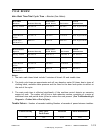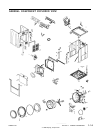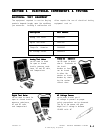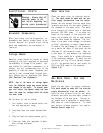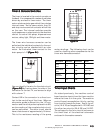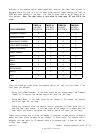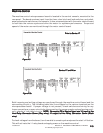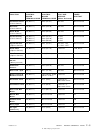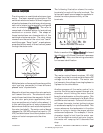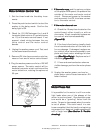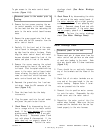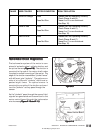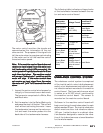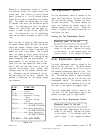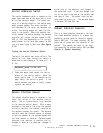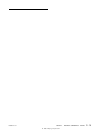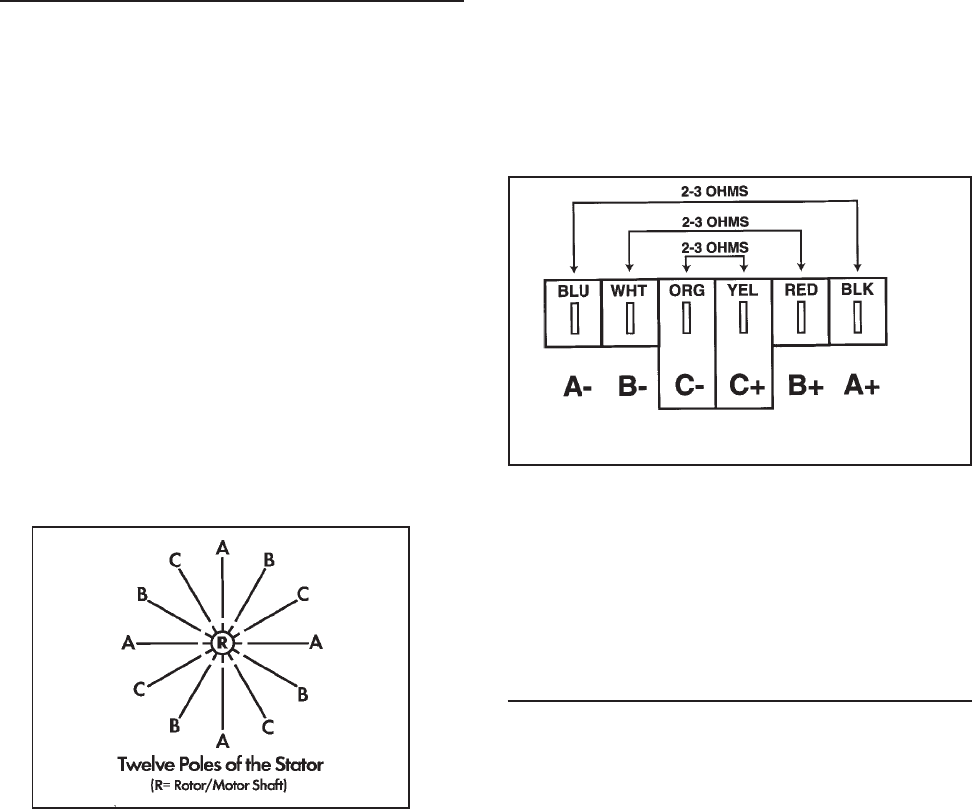
© 1998 Maytag Corporation
2-72-7
2-72-7
2-7
16008373-01 SECTION 2. ELECTRICAL COMPONENTS & TESTING
MOTOR CONTROL BOARDMOTOR CONTROL BOARD
MOTOR CONTROL BOARDMOTOR CONTROL BOARD
MOTOR CONTROL BOARD
The motor control board receives 120 VAC
voltage from the line cord and distributes DC
voltage to the drive motor. The motor con-
trol converts the voltage from single phase to
3 phase for the drive motor.
Another purpose of the motor control is to
monitor the drive motor speed through a ta-
chometer circuit linking the motor control
board to a tachometer on the drive motor. This
is a 3-wire circuit comprised of a Black, Blue
and White wire harness. Failure of this circuit
will cause the motor to start jerking in place
or accelerate rapidly for up to 5 seconds. This
occurs whenever the tachometer in the drive
motor is trying to locate the proper shutter
and sensor sequence. For example, if the ta-
chometer signal is lost from the motor con-
trol to the machine control just prior to spin,
the motor will ramp up for 5 seconds then
stop.
The following illustration shows the motor
terminals for each of the coils involved. The
letters with positive and negative symbols in-
dicate the motor phase circuitry of the
terminals.
Refer to section titled
Motor ControlMotor Control
Motor ControlMotor Control
Motor Control
for board
identification of A, B and C terminal/harnesses
(Figure 2-6). (Figure 2-6).
(Figure 2-6). (Figure 2-6).
(Figure 2-6).
Also, see the wiring schematic
for harness identification.
Figure 2-5Figure 2-5
Figure 2-5Figure 2-5
Figure 2-5
DRIVE MOTORDRIVE MOTOR
DRIVE MOTORDRIVE MOTOR
DRIVE MOTOR
The drive motor is a switched reluctance type
motor. The basic operating principle of the
switched reluctance motor is direct magnetic
attraction between the stationary electromag-
netic coils (stator) and a specially configured
rotor or armature
(Figure 2-4)(Figure 2-4)
(Figure 2-4)(Figure 2-4)
(Figure 2-4)
. The rotor is
comprised of stacked plates or laminations
mounted on a center shaft. The shape of
these laminations are characteristic of the
switched reluctance motor. The rotor, when
viewed from the end of the rotor, has "teeth"
much like a gear. These "teeth", or pole pieces,
are pulled as the result of direct current power
through the stator coils.
Figure 2-4Figure 2-4
Figure 2-4Figure 2-4
Figure 2-4
Motor Harness Connector
Multiple stator coils are positioned around the
rotor and are connected in three different
phased "sets" of paired coils.
Magnetic attraction causes the rotor poles to
turn toward the coils. The electronic motor
control board switches the magnetic field off
as the rotor pole piece approaches; then,
turns on another set of coils further ahead. It
is this switching action of motor phases that
determines direction and rotational speed of
the rotor (and shaft). The motor control board
changes the 120 VAC voltage line input to 170
VDC, and distributes the current phases to the
stator coil sets in sequence to the drive
motor.



